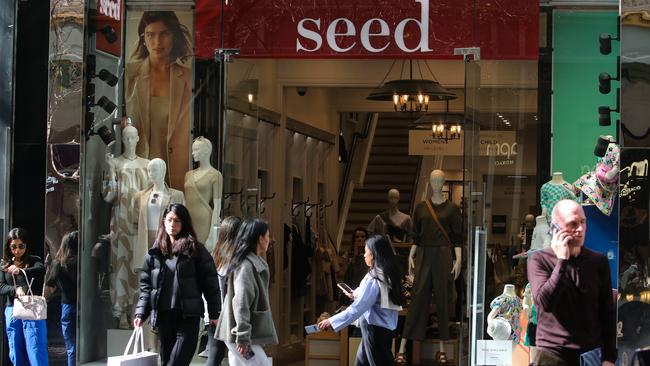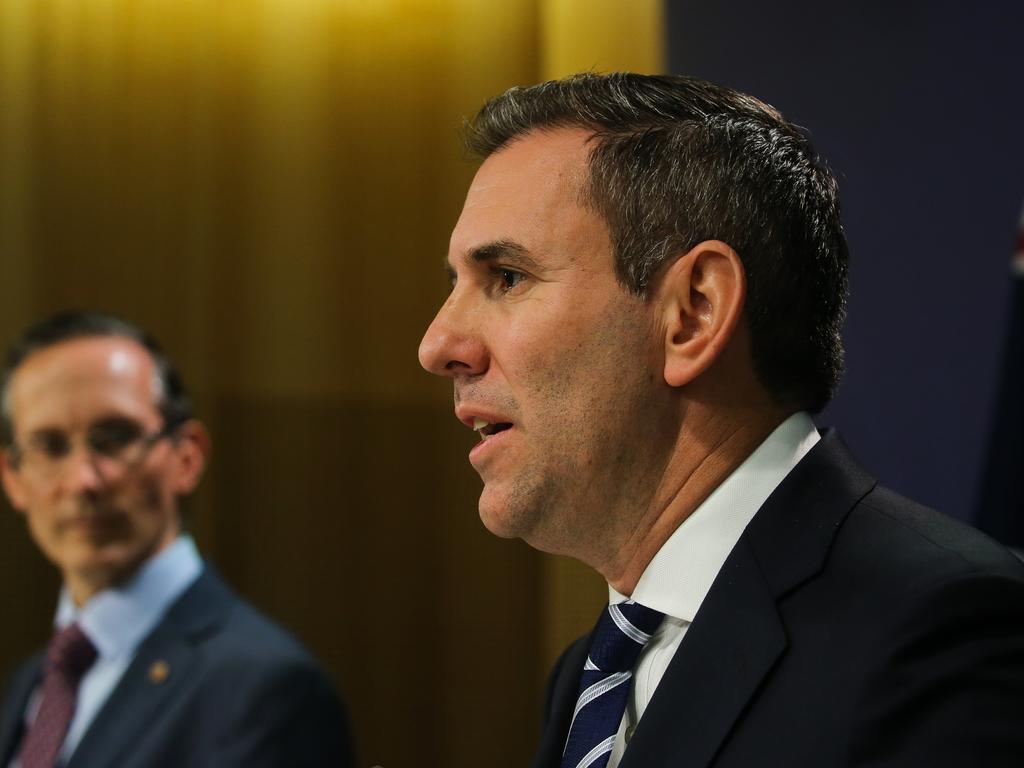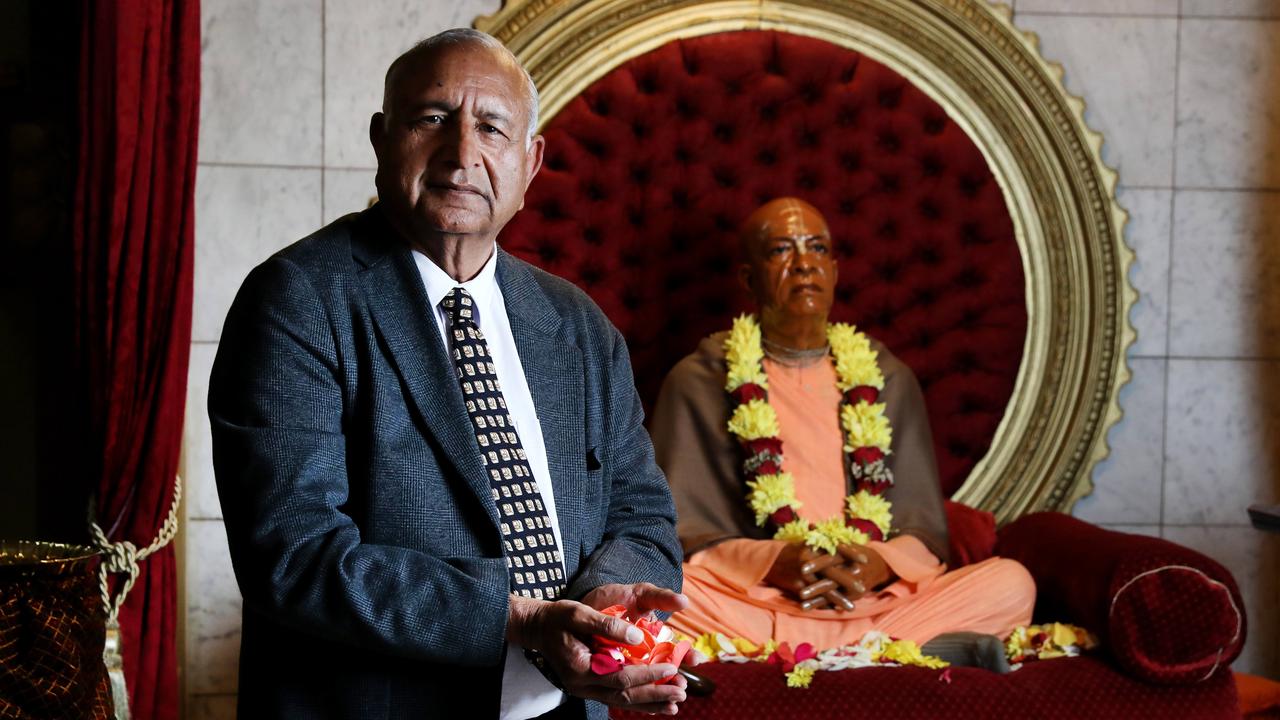Women’s World Cup gives retail spending a kick in July
The winter school holidays and the Women’s World Cup have triggered a retail sales bounce in July, centred in the three big east coast states.

The winter school holidays and the Women’s World Cup have triggered a retail sales bounce in July centred in the three big east coast states.
Retail spending lifted by 0.5 per cent last month, according to new figures from the Australian Bureau of Statistics, after disappointing end-of-financial-year sales helped drive a sharp drop in June.
The July retail rebound was led by a solid 3.6 per cent rise in department store sales and a 2 per cent increase in clothing and footwear, with Rebel sport earlier this month reporting it sold 60,000 Matildas jerseys.
There was also a 1.3 per cent rise in eating out, while food retailing was flat, the seasonally adjusted figures showed.
ABS head of retail statistics Ben Dorber said “cafes, restaurants and takeaway food services turnover grew considerably, despite an overall slowing down in food-related spending in recent months”.
“The rise in July was boosted by additional spending at catering and takeaway food outlets linked to the 2023 FIFA Women’s World Cup and school holidays,” Mr Dorber said.
The world cup ran between July 20 and August 20, and saw Australia achieve its best ever result by reaching the semi-final against England.
Retail sales climbed by 0.7-0.8 per cent in NSW, Victoria and Queensland, while the 1 per cent rise in the ACT was the largest across the country. In contrast, spending in Western Australia, South Australia and Tasmania fell.
Economists said they expected consumption to weaken further over coming months as the delayed impact of the dozen rate hikes flow through to household budgets and the economy more broadly.
Even after the July bounce, monthly retail sales have largely plateaued since January, up by less than 1 per cent in six months as the post-lockdown spending boom has been flattened by cost of living pressures and soaring interest rates.
As prices have climbed quickly, Australians have been spending more but getting less for their dollars.
Real, or after inflation, sales fell in the year to June for the first time in three decades, outside the pandemic lockdowns.
The Reserve Bank board will meet next Tuesday, and is widely expected by economists to keep rates on hold at 4.1 per cent for a third straight month.
The RBA is weighing whether it has done enough to bring inflation under control, and will be playing close attention to monthly consumer price figures on Wednesday, which are expected to show a further deceleration in growth to 5.2 per cent in the year to July, from 5.4 per cent in the previous month.
Capital Economics economist Abhijit Surya said while the latest retail numbers were stronger than anticipated, “all told, we don’t think the impulse from retail sales is strong enough for the RBA to consider lifting rates again”.







To join the conversation, please log in. Don't have an account? Register
Join the conversation, you are commenting as Logout